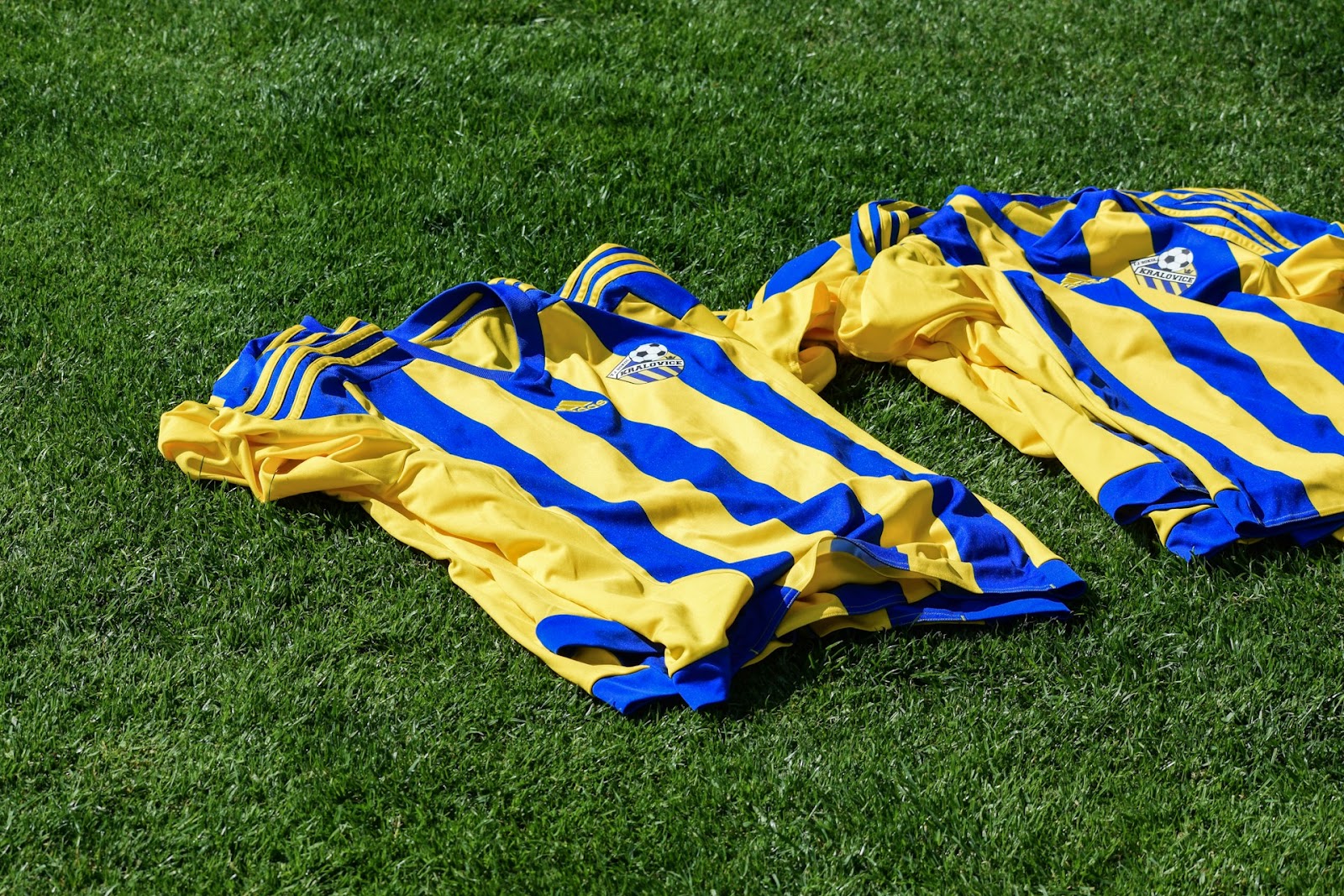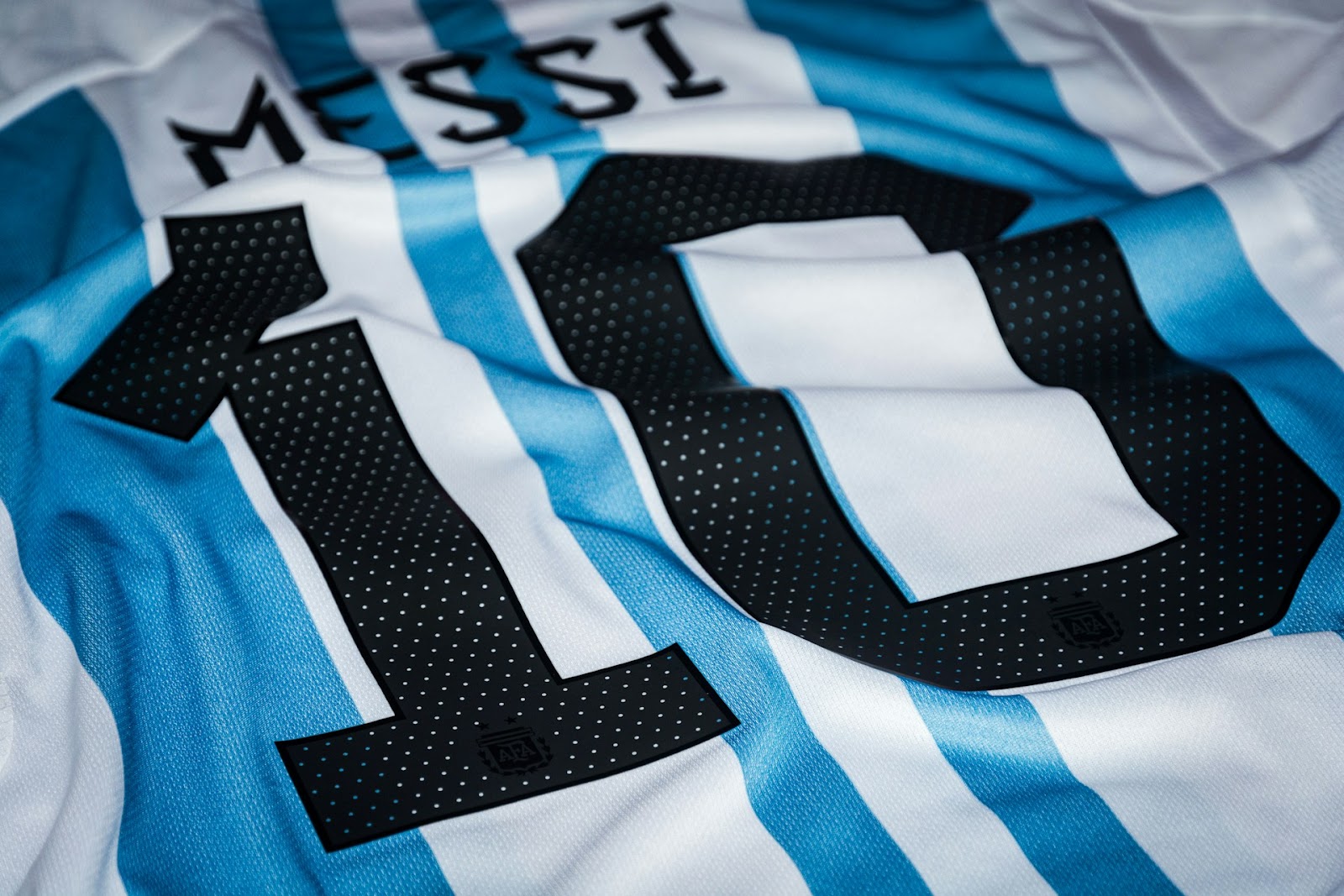Nowadays, the sports industry is switching to sustainable practises. One of the sports that have been into eco-friendly practises is football. In recent years, especially during the lockdown in 2020, the rise of collecting, buying, and selling classic football shirts became popular. In addition, due to the pollution brought about by using face masks, face shields, and other disposable materials, more football kit manufacturers have shifted to implementing eco-friendly practises.
So, football isn’t just a sport adored by many fans and players. It’s also creating a future where eco-friendly materials are used in creating football kits.
In this article, we’ll discuss how the football kit industry manufactures sustainable items.
The Use of Sustainable Materials
Sustainability isn’t just about the buying and selling of classic football shirts. Besides, each team needs to wear uniforms during the new season, so manufacturing new football kits is a must. Fortunately, many are focusing on getting the most out of the available materials.
1. Recycled Plastic Bottles
Polyester is one of the most common fabrics used in making football kits. However, it’s made of petroleum, which isn’t a renewable energy. At the same time, the process of making this synthetic fabric requires a significant impact on the environment. Usually, making polyester uses three times the energy consumed when making other natural fabrics, such as organic cotton.
So, instead of relying on polyester, many football kit manufacturers opt for using recycled plastic bottles. Fortunately, the quality of the fabric is similar, and it doesn’t require as much energy as the production of polyester.
2. Organic Cotton
Another material used in producing football kits is organic cotton. Compared with conventional cotton, organic cotton doesn’t have pesticides and fertilisers. Additionally, it requires less water. However, cotton was one of the first fibres used in making football shirts, and they replaced it with other fabrics due to various issues, including less comfort, causing injuries, and warmer than synthetic fibres.
3. Biodegradable Fabrics
Many football kit brands, including Adidas, are also switching to biodegradable fabrics. Some of these include organic cotton, bamboo lyocell, and tencel. Bamboo lyocell is made from bamboo pulp, which is breathable, so football players can easily move around. Meanwhile, Tencel is made from wood pulp, that’s also a good option for activewear.
Utilising biodegradable fabrics is a great step to promote sustainability. However, this practise is not yet recognised by mainstream brands, so even start-ups are creating ways to incorporate it into their products. Once the use of biodegradable fabrics becomes popular, it will significantly transform the industry.

Eco-Friendly Manufacturing Processes
Aside from the materials used in making football kits, the manufacturing process also comes with various effects on the environment.
1. Waterless Dyeing Techniques
Although customers don’t often pay attention to the dyeing process, the traditional dyeing methods of many brands require the use of a large amount of water. Fortunately, other brands are developing eco-friendly ways to dye fabrics. One example is the “DryDye” method by Adidas.
Did you know that a single football jersey uses 50 to 100 litres of water? So, instead of water, they pressurise CO₂ and use it to dye football kits without any additional steps.
2. Energy-Efficient Factories
Although big brands usually have the funds to implement energy-efficient factories, many start-ups and smaller brands are also committing to maintaining carbon neutrality.
Nowadays, many types of machinery and equipment are switching to energy-efficient options. For instance, Nike achieved the use of 100% renewable energy in their North American facilities, and they’re also planning to transform zero carbon and waste by the end of 2025.
3. Ethical Labour Practises
Ethical labour practises are also a part of implementing sustainability. If a brand promotes sustainability yet doesn’t practise ethical labour, it may seem like its intentions are genuine and is using sustainability for marketing purposes. At the same time, the workers should also be aware of the impact of sustainability that the brand they are working for promotes. So, aside from giving the right compensation, you should also educate, train, and allow them to participate in the decision-making process.

The Role of Football Clubs and Brands
Major football brands and clubs significantly influence their fans and customers. If they constantly promote their eco-friendly initiatives, their supporters will gradually embrace such practises, and become aware of the benefits to the environment and communities.
The Impact on Fans and the Future of Sustainable Football
As big brands and clubs influence their fans on the use of sustainability in manufacturing football kits, the demand for eco-friendly football kits will soon rise. But aside from influencing the fans to use these products, brands and clubs should also educate their followers to maintain the high demand for sustainable products, not just for football kits but also in general.
Final Thoughts
As the game goes green, the practises used by various brands and manufacturers can significantly benefit the environment. Additionally, individuals should also maintain continued support for these practises, so that the future of making football kits can become greener and better.









